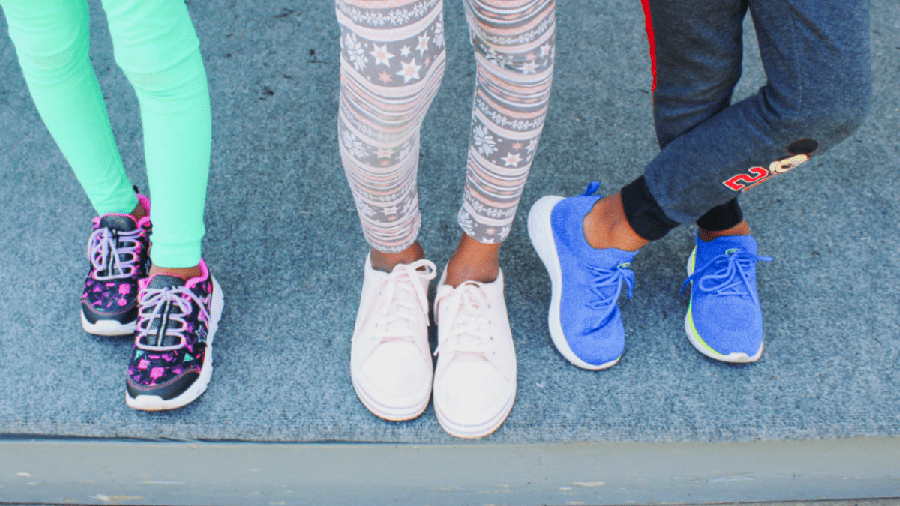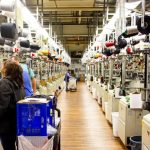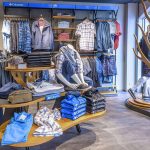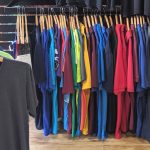On Wednesday, July 9, the Footwear Distributors and Retailers of America (FDRA) sent a letter to the Trump Administration requesting that it not impose additional footwear tariffs on top of the existing ones ahead of the back-to-school selling season.
.
The letter outlines that the proposed tariffs disproportionately impact families, especially when it comes to purchasing kids’ shoes, which could face tariff rates as high as 20 percent to 48 percent or more.The letter reads in part, “While the President announced a new 20 percent added tariff on Vietnamese-made products, many children’s shoes from Vietnam already have a 20 percent tariff. This raises the important question ahead of back-to-school shopping: Why should footwear companies and American families pay an additional 20 percent if they already pay 20 percent?,”Kids’ shoes are not the type of footwear made in the U.S., like high-end leather shoes or military boots. As we highlighted in a May 29th letter to President Trump, joined by several trade associations, we strongly support the President’s comments indicating that his tariff policy is not focused on driving sneaker and T-shirt production to the U.S. We agree that tariff policy alone cannot scale up a domestic footwear and apparel industry. In addition, footwear is not an industry that is strategic to national security priorities.”
.
The letter outlines that the proposed tariffs disproportionately impact families, especially when it comes to purchasing kids’ shoes, which could face tariff rates as high as 20 percent to 48 percent or more.The letter reads in part, “While the President announced a new 20 percent added tariff on Vietnamese-made products, many children’s shoes from Vietnam already have a 20 percent tariff. This raises the important question ahead of back-to-school shopping: Why should footwear companies and American families pay an additional 20 percent if they already pay 20 percent?,”Kids’ shoes are not the type of footwear made in the U.S., like high-end leather shoes or military boots. As we highlighted in a May 29th letter to President Trump, joined by several trade associations, we strongly support the President’s comments indicating that his tariff policy is not focused on driving sneaker and T-shirt production to the U.S. We agree that tariff policy alone cannot scale up a domestic footwear and apparel industry. In addition, footwear is not an industry that is strategic to national security priorities.”
The complwrw letter reads as follows:
The Honorable Jamieson Greer
United States Trade Representative
600 17th Street Northwest
Washington, D.C. 20508
United States Trade Representative
600 17th Street Northwest
Washington, D.C. 20508
Dear Ambassador Greer:
As you conclude reciprocal trade agreements this month, we urge you to prevent new tariffs from being stacked on top of current high footwear tariffs.
For decades, the footwear industry has operated under a significant tariff burden larger than almost any sector. While the average tariff rate on consumer goods is just over 2 percent, the average footwear tariff rate is 12 percent before any new tariffs are added.
Today’s tariffs disproportionately impact working class families across the U.S., because the highest footwear tariff rates fall on low value shoes and children’s shoes.
Children’s shoes often reach rates of 20 percent, 48 percent, and higher, before any new tariffs are added. Families must buy multiple pairs of shoes each year as their kids’ feet grow. As backto-school season approaches, buying new shoes is a necessity for millions of U.S. families. Shoes allow kids to participate fully in school. They are an essential part of sports activities and play a key role in health and fitness for children.
While the President announced a new 20 percent added tariff on Vietnamese-made products, many children’s shoes from Vietnam already have a 20 percent tariff. This raises the important question ahead of back-to-school shopping: Why should footwear companies and American families pay an additional 20 percent if they already pay 20 percent?
Kids’ shoes are not the type of footwear made in the U.S., like high-end leather shoes or military boots. As we highlighted in a May 29th letter to President Trump, joined by several trade associations, we strongly support the President’s comments indicating that his tariff policy is not focused on driving sneaker and T-shirt production to the U.S. We agree that tariff policy alone cannot scale up a domestic footwear and apparel industry. In addition, footwear is not an industry that is strategic to national security priorities.
For these reasons, we strongly believe the reciprocal tariffs should not be stacked on top of the base rate for footwear, also known as the MFN rate. Footwear companies should be given a credit for the more than $3 billion they pay to the government every year in tariff revenue. In fact, in 2025 alone, total duties paid to the government by footwear companies will reach more than $5 billion.
We look forward to working with you on this important issue to help prevent footwear job losses and higher inflation that would result from further stacked tariffs.
Sincerely,
Matt Priest
President & CEO
Footwear Distributors & Retailers of America (FDRA)
President & CEO
Footwear Distributors & Retailers of America (FDRA)
















